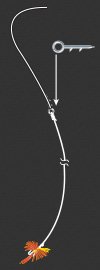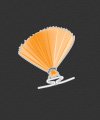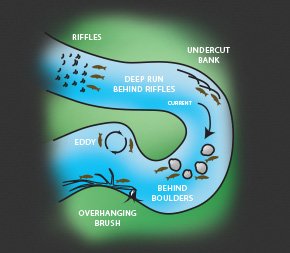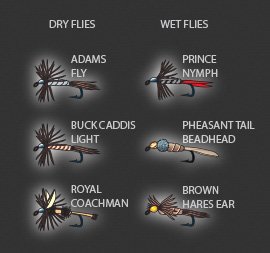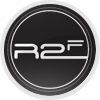
EVERYTHING YOU NEED TO START FISHING TODAY



In streams, fish above and below riffles, cut banks, and the slack water area behind submerged rocks and cover. Trout prefer to lie in current breaks and obstructions very close to faster moving water.
Ideal times of year vary by species, but the best results are usually found in lower light conditions, including overcast days, early mornings, and evenings.
Choose flies in size and coloration that resemble the insects, larvae, and small aquatic prey found in your fishing area. The goal is to imitate the natural forage of the fish you are trying to catch.
When fishing a river or stream, cast across the current, upstream from your intended target. Allow the current to drift your fly through the fish holding zone. Complete the drift before the line begins to bow downstream. Keep movement, noise and vibration to a minimum. When wading, avoid casting shadows, making splashes, and dragging your feet.
 The choice of rig and technique depends on fishing conditions.
The choice of rig and technique depends on fishing conditions.
The Clinch Knot is recommended for all rigs.
Here are some popular approaches to Fly fishing.
